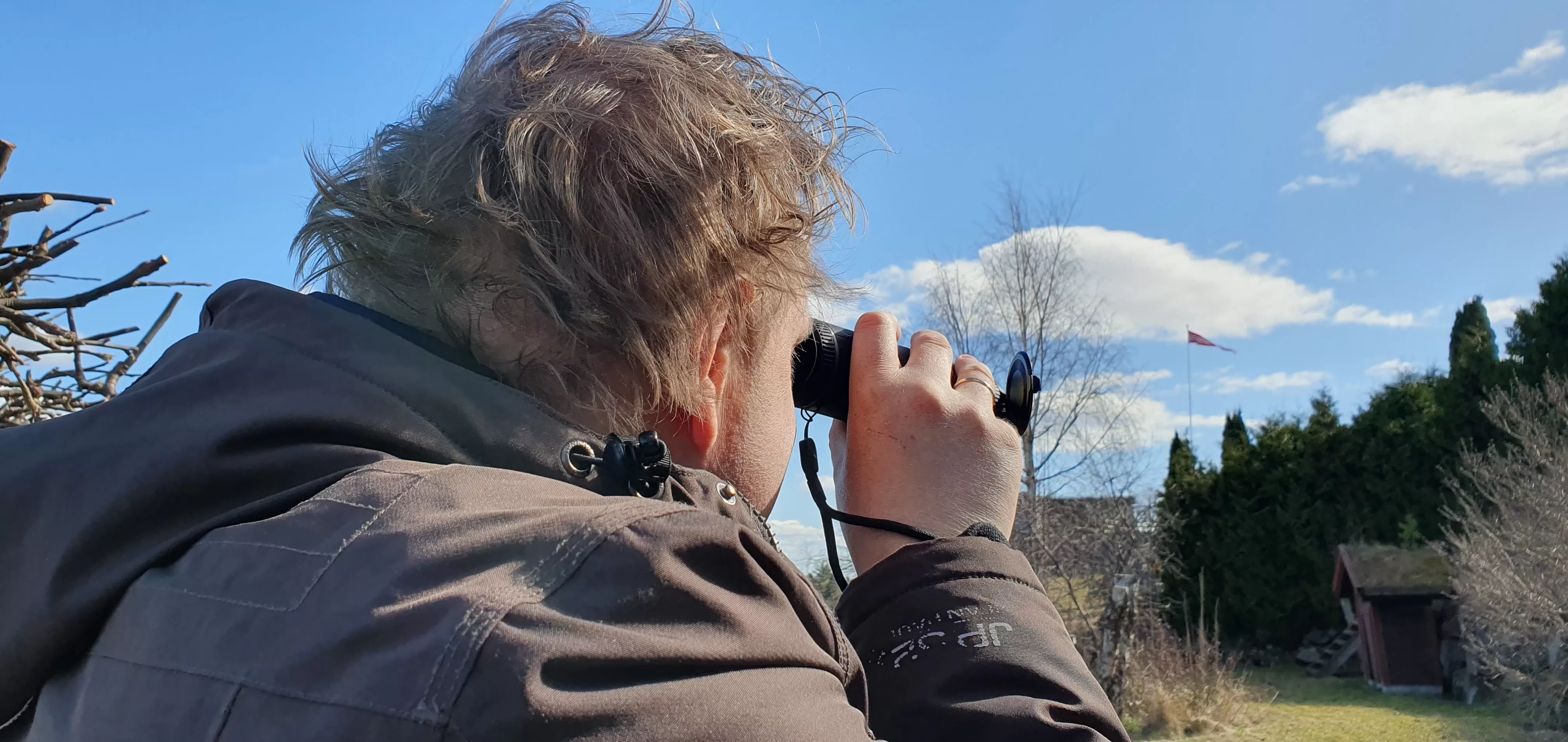
Thermal Imaging VS Night Vision: What Are the Difference
Night vision and thermal imaging operate on fundamentally different principles, despite often being confused in discussions about low-light observation capabilities. These core technological differences determine which system best serves specific hunting applications. Night vision technology uses image intensifier tubes that amplify existing ambient light, particularly near-infrared light invisible to the human eye. These systems collect available photons through an objective lens, convert them to electrons at a photocathode, multiply these electrons through a microchannel plate, and convert them back to visible light on a phosphor screen. Modern generation 3+ and 4 tubes can amplify light approximately 20,000-50,000 times, enabling vision in environments with minimal ambient light. Thermal imaging detects mid- to long-wave infrared radiation (heat) naturally emitted by all objects with temperatures above absolute zero. Systems like the Pixfra Sirius Series utilize microbolometer sensors that detect minute temperature differences—as sensitive as ≤18mK NETD (Noise Equivalent Temperature Difference)—creating visual representations based on these temperature variations. Thermal imaging requires no light source whatsoever, as it visualizes heat rather than light. According to research published by the European Optical Technology Institute: “The selection between night vision and thermal imaging represents not merely a choice between competing products but a decision between fundamentally different sensing methodologies with distinct operational capabilities and limitations.” Environmental Performance The operational effectiveness of night vision and thermal imaging varies dramatically across different environmental conditions, representing one of the most significant practical distinctions when applied to hunting scenarios. Night vision technology, dependent on ambient light amplification, faces several environmental limitations: Complete Darkness: Severely degraded performance in zero ambient light conditions Fog/Smoke/Dust: Significantly reduced effectiveness as these particles block light transmission Heavy Rain: Substantially diminished performance as water droplets scatter available light Dense Vegetation: Limited ability to detect subjects behind light foliage Thermal imaging, detecting heat signatures rather than light, offers



